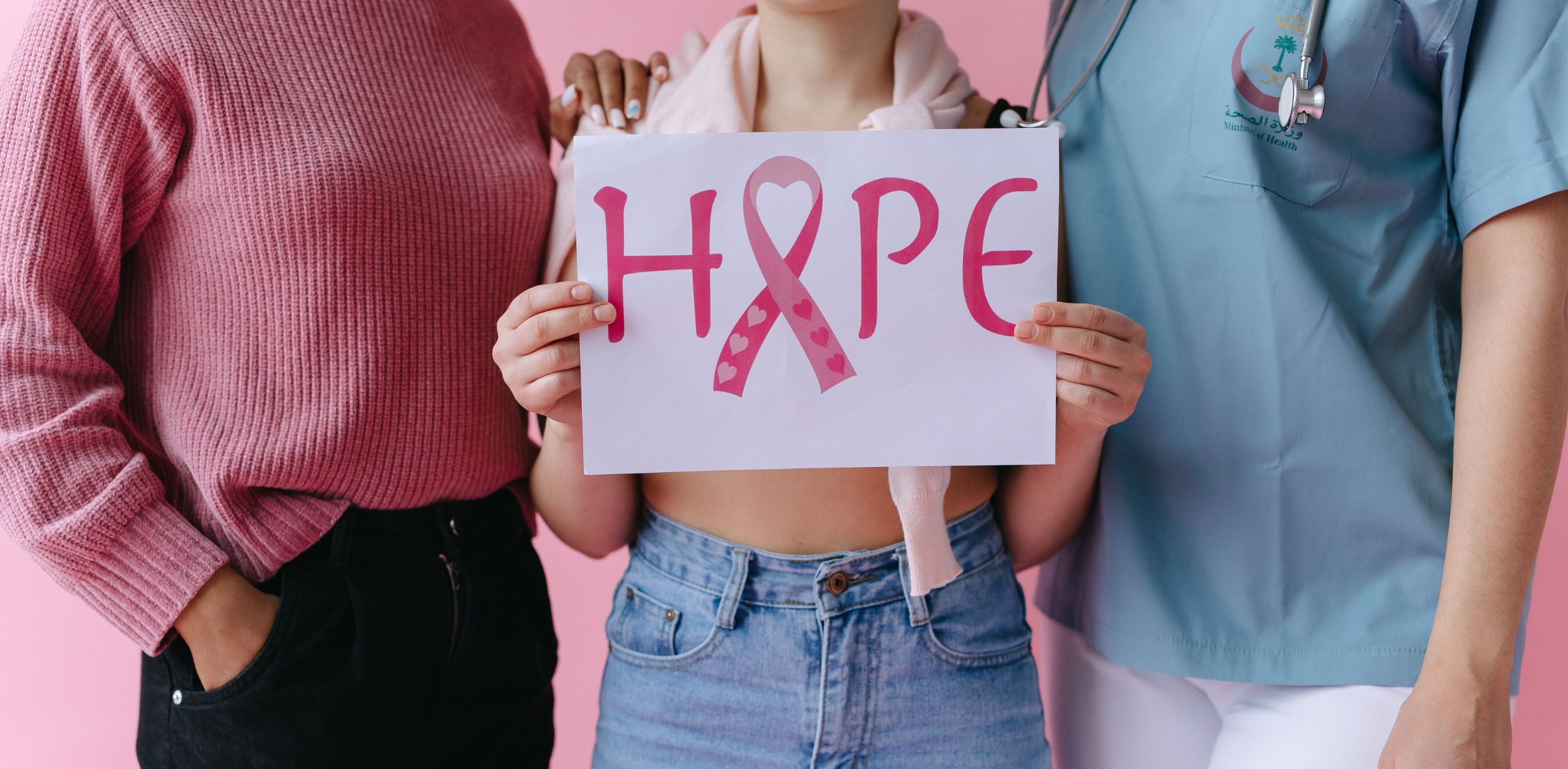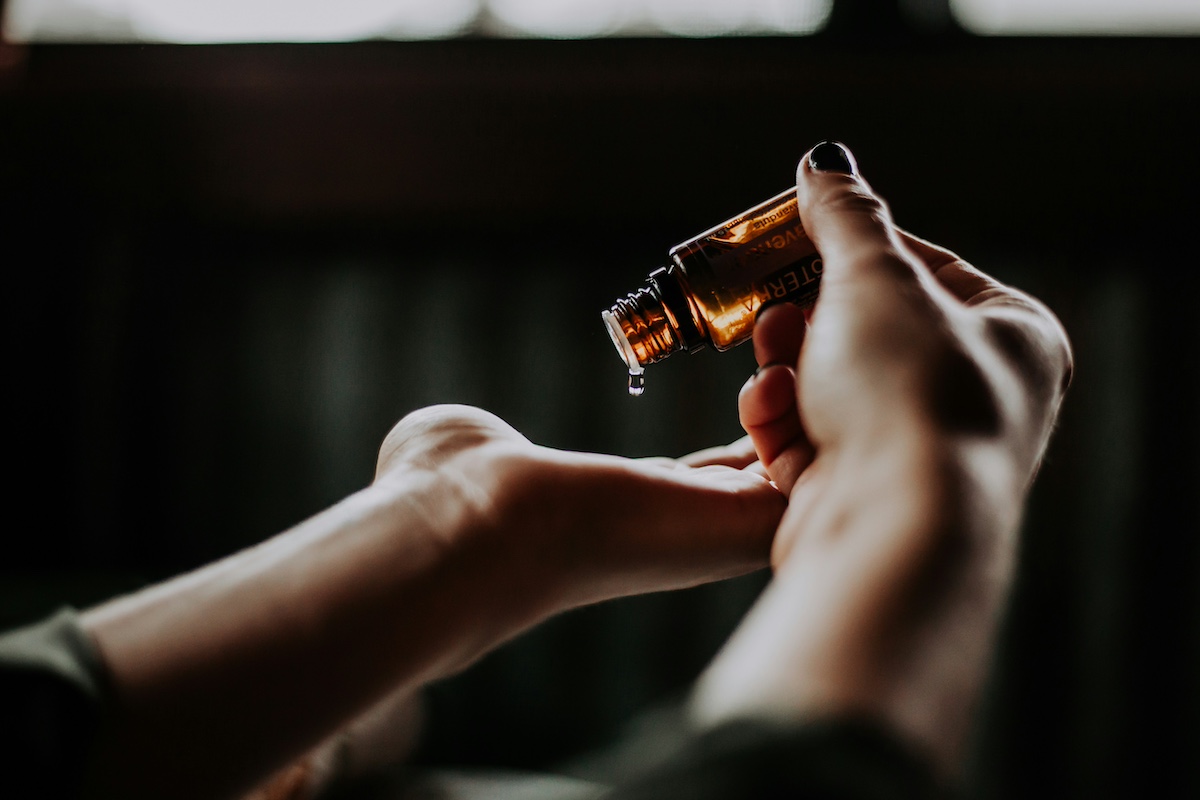
Your Post-Treatment Plan: What Recovery Actually Looks Like 6 Months Later
Post-Treatment Plan: What Recovery Actually Looks Like 6 Months Later When breast cancer treatment ends, many assume the hardest part

Post-Treatment Plan: What Recovery Actually Looks Like 6 Months Later When breast cancer treatment ends, many assume the hardest part

What is a Matching Gift? Did you know you could make your donation to support breast cancer patients go twice

Recovering from breast cancer surgery involves not just physical healing but reclaiming mobility, strength, and confidence in your body. Whether

The holiday season often brings joy, connection, and reflection. However, for those navigating a breast cancer diagnosis or treatment, it

The holiday season is a time for joy, connection, and reflection. But for those facing a breast cancer diagnosis, this

Breast cancer scars can have a significant impact on a person’s physical and emotional well-being. If you’re looking for effective

October is Breast Cancer Awareness Month, and what better time than this to make a difference and show your support

If you’re a teen in Massachusetts looking for an occasion to serve your community or would like to inspire with

Working with patients at our breast cancer nonprofit, we have immediately learned that staying hydrated during breast cancer chemo is

An update on Liz from our founder, Michelle “Elizabeth Morse Bradley was one of the most remarkable and resilient people
We use cookies
We use cookies and other tracking technologies to improve your browsing experience on our website, to show you personalized content and targeted ads, to analyze our website traffic, and to understand where our visitors are coming from. By browsing our website, you consent to our use of cookies and other tracking technologies.